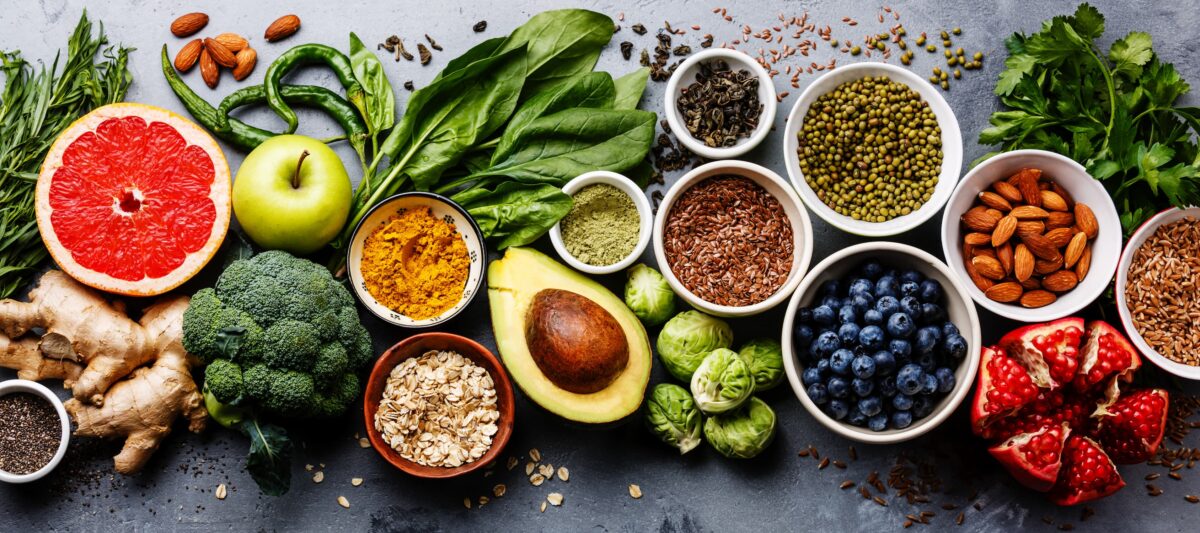Superfoods
Foods that contain above-average amounts of specific vitamins, minerals and other special ingredients are now referred to as superfoods. They are regarded as being particularly healthy. The vital substances they contain include vitamins, proteins, fatty acids with an optimum fatty acid pattern, iodine, iron, magnesium, calcium, potassium, zinc and polyphenols, to name but a few. These substances are essentially found in all fruits, vegetables, nuts, seeds and plant foods, just in different quantities and compositions. Exotic foods like avocado, chia seeds and goji berries are currently making a name for themselves as superfoods. For each superfood, however, there is a substitute that grows on our doorstep. These local products are at least as healthy as superfoods and are more sustainable to produce and much cheaper.


